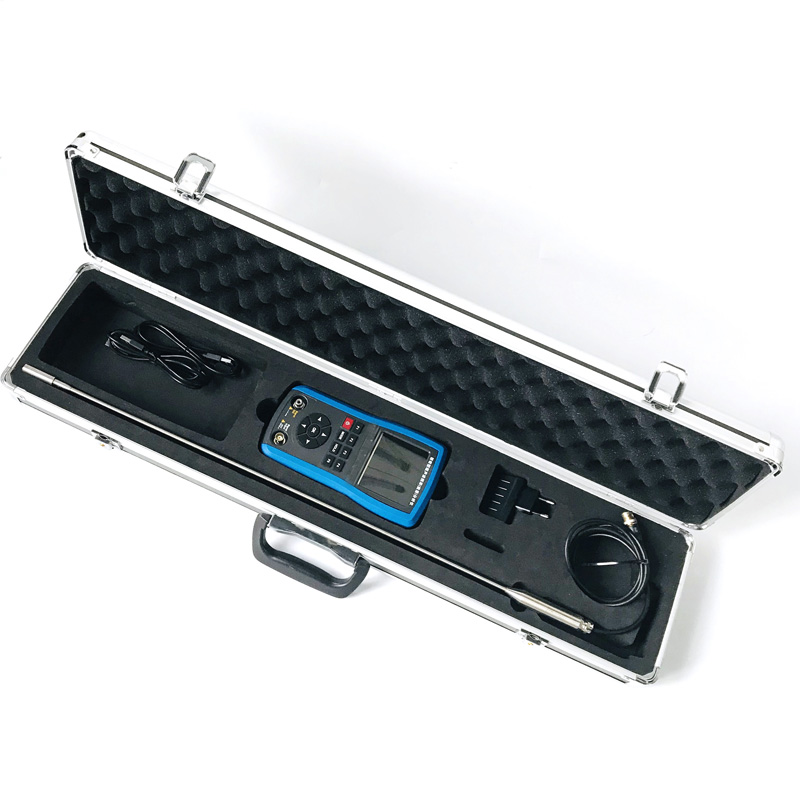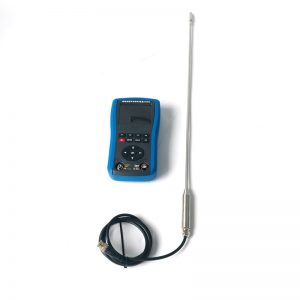 Ultrasonic power meters are classified according to measurement principles: Currently, the measurement methods for ultrasonic power mainly include radiation force method, electrical method, light diffraction method, and calorimetry method. In ultrasonic power measurement, the radiation force method can directly measure the total ultrasonic radiation power value without considering the limitations of ultrasonic entry and far-field. Therefore, it is the most widely used and is also the preferred sound power measurement method recommended by IEC.
Ultrasonic power meters are classified according to measurement principles: Currently, the measurement methods for ultrasonic power mainly include radiation force method, electrical method, light diffraction method, and calorimetry method. In ultrasonic power measurement, the radiation force method can directly measure the total ultrasonic radiation power value without considering the limitations of ultrasonic entry and far-field. Therefore, it is the most widely used and is also the preferred sound power measurement method recommended by IEC.
The basic principle of the radiation force method is to calculate the sound power emitted by the ultrasonic transducer by measuring the radiation pressure acting on the obstacle (target) in the measured sound field.
Electronic balance measurement of sound radiation force method:
W=cF/(1+r2cos2) φ)
W – Total sound power, unit w
C – The propagation speed of ultrasound in liquid, in m/s
F – The force acting on the target along the ultrasonic axis direction, in N
Φ— The angle between the normal of the target surface and the incident sound beam, in degrees
| Product name | Sound intensity measuring instrument | Numbering | |
| Model | PLS-SYJ100 | Date of inspection | |
| Testing base | Enterprise production specification | Detection parameter | The test sound intensity is 0.8W/cm², which meets the factory requirements |
| Test equipment parameters | Frequency: KHz, Power: KW. | ||
| Test items | Sound intensity meter parameter measurement | Conclusion | Compliance with the factory-leaving standard of enterprises |
 Ultrasonic Transducer,Ultrasonic Generator,Ultrasonic Cleaner -SKSONIC
Ultrasonic Transducer,Ultrasonic Generator,Ultrasonic Cleaner -SKSONIC







